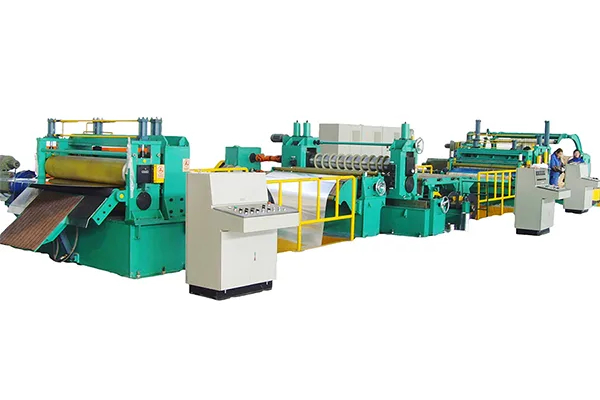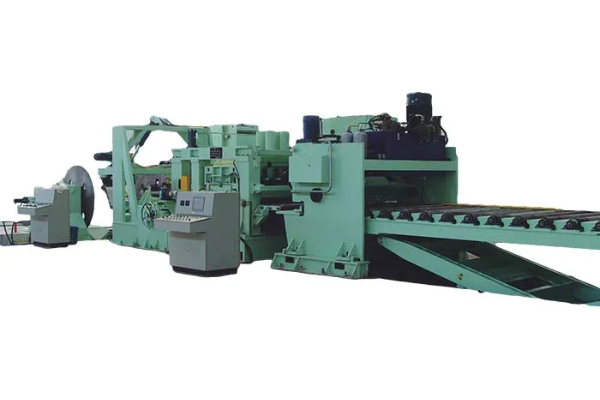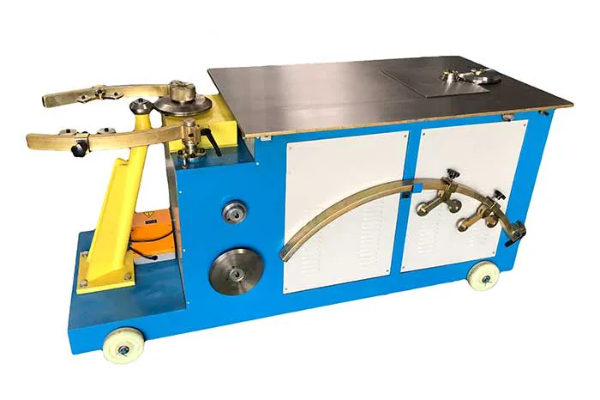
How Plate Bender Machines Work- A Comprehensive Overview
- By:Metmac
- 2024-07-08
- 154
In the realm of metalworking, where precision engineering meets brute force, bending machines reign supreme. One such formidable tool is the plate bender, a behemoth capable of shaping colossal slabs of steel, iron, and aluminum. This article delves into the intricate workings of plate bending machines, unveiling the engineering marvels that enable them to tame these metallic behemoths.
The Anatomy of a Plate Bender
At its core, a plate bender consists of a sturdy frame, two opposing rollers, and a hydraulic or mechanical drive system. The upper roller, the workhorse of the machine, descends upon the plate while the lower roller remains stationary, creating a three-point bending action. Depending on the design, some models feature additional features such as side supports for intricate bending operations.
The Bending Process
As the upper roller exerts downward pressure, the plate gradually deforms. The amount of bending is controlled by precise adjustments to the roller gap and the speed at which the upper roller moves. The material’s yield strength and the desired bend radius determine these parameters. Intricate programming systems allow for complex bend sequences, enabling the creation of intricate shapes.
Types of Plate Benders
Plate benders come in various configurations to cater to different industries and applications.
Three-Roll Benders: The most versatile type, offering both conical and cylindrical bending capabilities.
Four-Roll Benders: Ideal for heavy-duty applications with thicker materials, providing greater support and preventing material slippage.
Press Benders: Utilizing a massive press to bend the plate, suitable for large-scale operations.
Advanced Features
Modern plate benders incorporate advanced features that enhance productivity and safety.
CNC Control: Computerized numerical control systems enable precise programming and automate complex bending operations.
Pre-Bending: Advanced algorithms optimize the bending process, reducing material waste and minimizing distortion.
Safety Features: Guards, limit switches, and emergency stops ensure operator safety during operation.
Benefits of Plate Bender Machines
In the hands of skilled operators, plate bending machines offer a multitude of advantages:
Precision Bending: Accurate and repeatable bending operations to exacting standards.
Increased Productivity: Automated processes reduce setup time and labor costs.
Versatility: Suitable for a wide range of materials and applications, from heavy industrial fabrication to intricate architectural projects.
Conclusion
Plate bender machines are indispensable tools in countless industries, from construction to manufacturing. Their ability to precisely bend metal plates transforms raw materials into functional components and aesthetic masterpieces. Understanding the mechanics and capabilities of these machines empowers engineers, fabricators, and artisans to unleash their creativity and transform metal into tangible works of art.
-
Mastering Form and Force: A Guide to Modern Metal Plate Bending Machines
2025/12/16 -
Demystifying Sheet Metal Laser Cutting Machine Price: The METMAC Value Perspective
2025/12/16 -
Metal Sheet Machinery: The Engine of Modern Fabrication and the METMAC Advantage
2025/12/16 -
Beyond the Bend: The Power and Precision of the Modern Sheet Profile Machine
2025/12/16
-
Advanced Sheet Metal Rolling, Laser Cutting, and Folding Machines for Precision Fabrication
2025/10/31 -
High-Performance Sheet Metal Bending and Cutting Machines for Modern Fabrication
2025/10/31 -
High-Quality Sheet Metal Equipment for Sale: Efficient Solutions for Modern Manufacturing
2025/10/31 -
High-Performance Sheet Metal Equipment for Sale: Forming and Shearing Solutions for Modern Fabrication
2025/10/22
-
A Guide to the Latest Innovations in Sheet Metal Folding Machines
2024/11/29 -
Key Features to Consider When Investing in a Sheet Metal Folding Machine
2024/11/28 -
Enhancing Precision with Advanced Sheet Metal Folding Machines
2024/11/27 -
How to Choose the Right Sheet Metal Folding Machine for Your Workshop
2024/11/26







